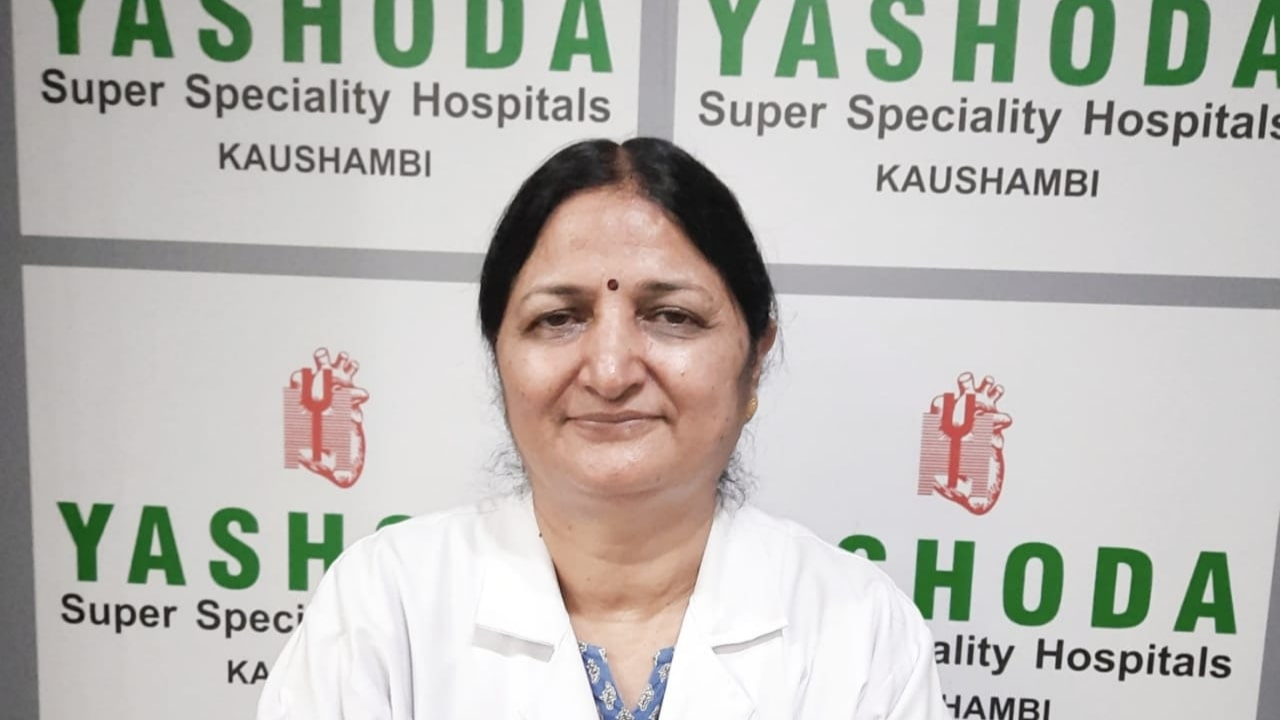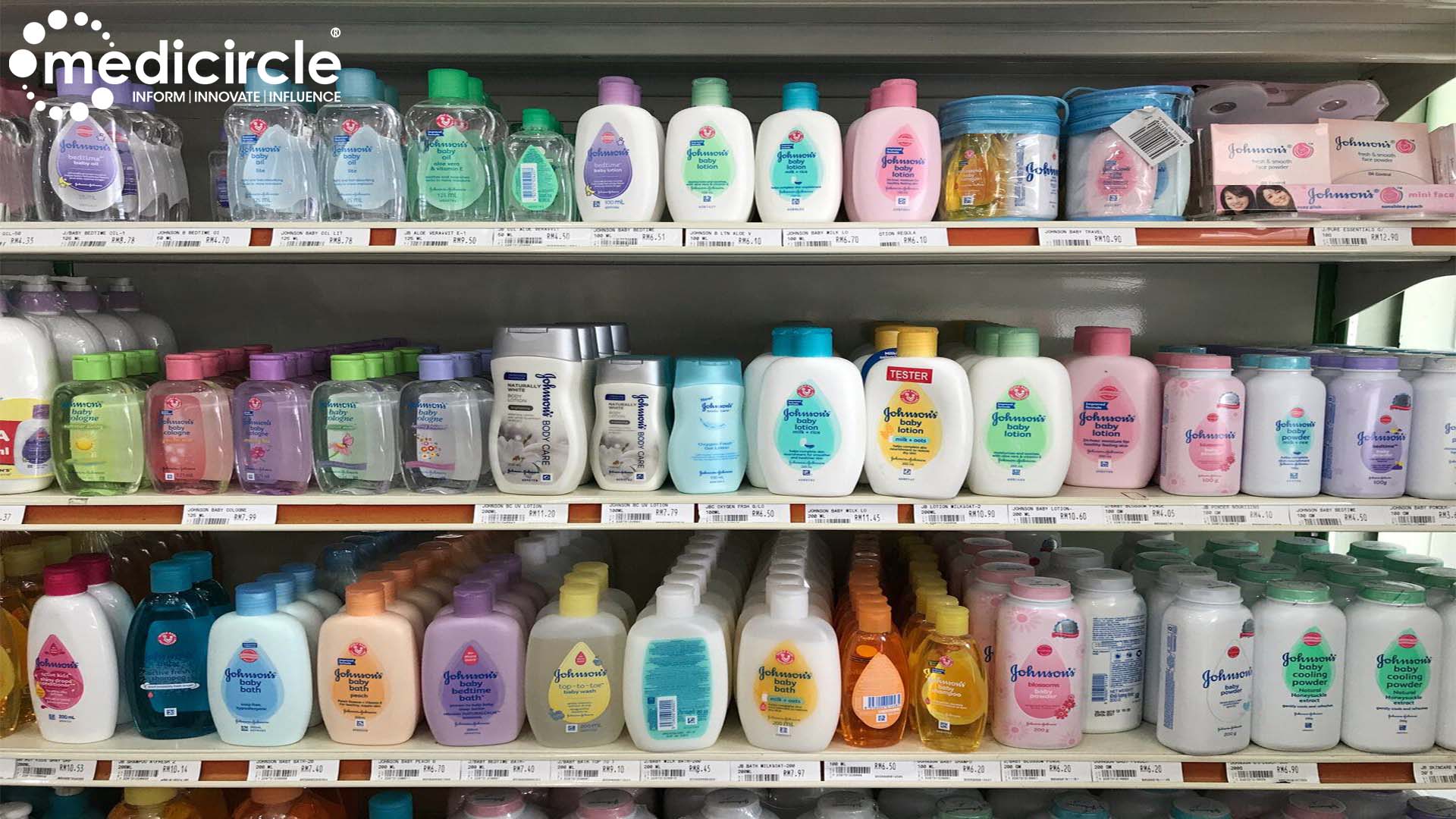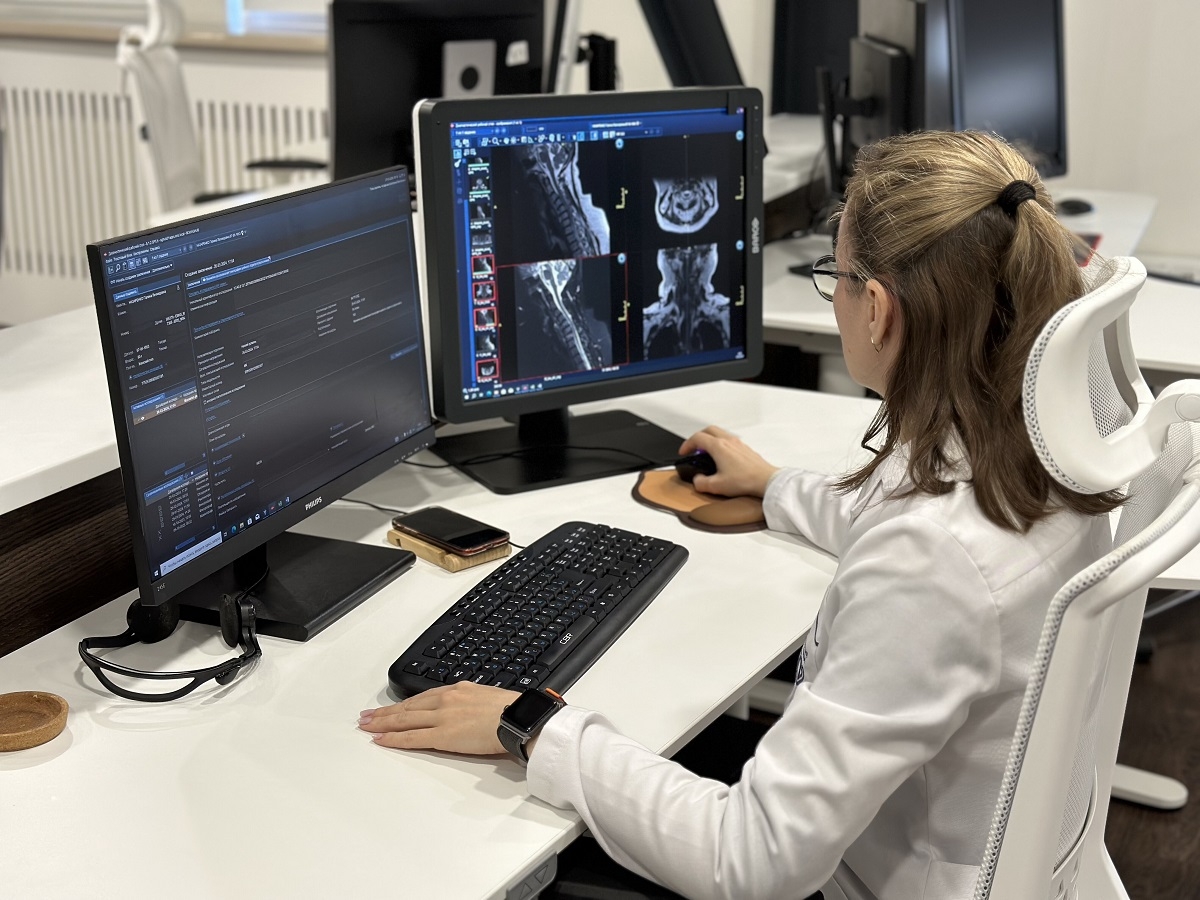The intravenous route is one of the commonest routes used to administer medications or fluids. Intravenous medications are supplied via ampules, vials, and pre-filled syringes. However, medicines administered through this invasive route are absorbed readily and quickly into the body. Since the route of administration is invasive, there are numerous risks associated with administering them. Appropriate preparation and administration can make the parenteral administration safe and effective.
Use of peripheral catheters in infusion therapy
Peripheral intravenous catheter (PIVC) insertion is one of the most frequent invasive infusion and nursing practice procedures. PIVCs enable the intravenous administration of fluids, blood products, and drugs directly into the patient’s bloodstream.¹ ² However, this procedure involves certain mechanical complications such as partial dislodgement or accidental removal, occlusion, infiltration, extravasation, etc., and infectious complications like sepsis, phlebitis, etc.
Appropriate management of IV catheters, including flushing of vascular devices, is essential in infusion therapy. Flushing of catheters with 0.9% sodium chloride is critical in preventing catheter malfunction by maintaining catheter patency.
The latest Infusion Therapy Standards of Practice 2021 guidelines highlight some key practices to be followed while flushing IV catheters, which include:³
- Flushing and aspiration for a blood return prior to each infusion to assess catheter function
- Flushing after each infusion to clear the infused medication from the catheter lumen
- Using single-dose systems or single-dose vials for flushing and locking catheters
- Flushing with preservative-free 0.9% sodium chloride
a. Using a minimum volume equal to twice the internal volume of the catheter system (e.g., catheter plus add-on devices)
b. Using larger volumes (e.g., 5 mL for PIVC) may remove more fibrin deposits, drug residue, and other debris from the lumen
c. When choosing the flush volume, consider factors such as the size and type of catheter, age of the patient, and kind of infusion therapy being given
- Flushing of all lumens of a multi-lumen catheter after obtaining blood samples to reduce the likelihood of causing blood reflux into the other lumens
- Flushing to be performed once daily to improve the patency of catheter and maintenance flushing every three months with 10 mL of 0.9% sodium chloride and 3 or 5 mL of heparin
- Locking of catheters immediately after use with preservative-free 0.9% sodium chloride to prevent occlusion and catheter-related bloodstream infections (CRBSIs)
Pre-filled syringes for flushing catheters
The process of flushing was traditionally done using two or more syringes to assess patency, drug delivery, and final flush solution. However, this process is time-consuming for the hospital staff (both in the preparation and administration of the intravenous medications), needs more manipulations of the venous access, and involves higher economic costs. Therefore, commercially prepared pre-filled saline syringes may come to the rescue, reduce the preparation and administration time and help adhere to aseptic non-touch technique (ANTT) and intravenous flushing practice. â´
A research report by Becton, Dickinson, and Company (BD) indicated that pre-filled saline syringes can help reduce the risk of catheter-related bloodstream infections (CRBSIs). âµ
Some characteristic features of these syringes are as follows: â¶
- Unique syringe design: helps minimize syringe-induced reflux
- Clear labelling: aids in reducing the risk of medication errors
- Standard 10mL syringe diameter: helps reduce the chances of catheter damage
- Stubby syringes: aids in reducing environmental waste and hospital costs
An international study was carried out to assess the use of pre-filled syringes and split-septum devices and their impact on CLABSI rates in patients. The study reported that using PosiFlushᵀᴹ pre-filled syringes and Q-Syteᵀᴹ split-septum devices led to a significant decrease (approximately 65%) in CLABSIs and improved quality of life in patients by preventing catheter removal rates.â·
Pre-filled syringes can efficiently contribute to strict infection control and help deliver effective and safe intravenous administration. Thus, healthcare facilities should invest in the latest high-quality and reliable pre-filled syringes to provide better patient safety and quality care.
References:
- Chopra V, Flanders SA, Saint S, Woller SC, Ogrady NP, Safdar N, et al. The Michigan Appropriateness Guide for Intravenous Catheters (MAGIC): Results from a multispecialty panel using the RAND/UCLA appropriateness method. Ann Internal Med. 2015;163(6_Supplement):S1-40.
- Corrigan A. Infusion nursing as a specialty. In: Alexander M, Corrigan A, Gorski L, Hankins J, Perucca R, editors. Infusion nursing: An evidence-based approach. 3rd ed. St Louis: Saunders/Elsevier; 2010. p. 1–9.
- Infusion Nurses Society. Infusion Nursing Standards Practice. J Infus Nurs. 2021
- Keogh S, Flynn J, Marsh N, Higgins N, Davies K, Rickard CM. Nursing and midwifery practice for maintenance of vascular access device patency. A cross-sectional survey. Int J Nurs Stud. 2015;52(11):1678–85.
- Saliba P, Cuervo G, Hornero A, De Carli G, Marani A, Puro V, Felisa López A, Iftimie S, Castro A, Diaz-Brito Fernandez V, Alvarez Moya MC, Jimenez De La Rosa C, Martínez-Sánchez J, Jimenez E, Carratalà J, Pujol M. The impact of flushing with pre-filled saline syringes on the incidence of peripheral venous catheter failure: A quasi-experimental study. J Vasc Access. 2020 Jul;21(4):490-496.
- Gorski LA. The 2016 Infusion Therapy Standards of Practice. Home Healthc Now. 2017;35(1):10–18.
- Devrim Ä°, Oruç Y, DemiraÄŸ B, et al. Central line bundle for prevention of central line-associated bloodstream infection for totally implantable venous access devices (ports) in pediatric cancer patients. J Vasc Access. 2018;19(4):358-365.
(Edited by Priyal Shah)

 Know the advantages of pre-filled saline syringes over the traditional method of using two or more syringes for flushing catheters.
Know the advantages of pre-filled saline syringes over the traditional method of using two or more syringes for flushing catheters.

































